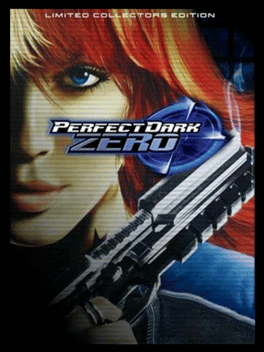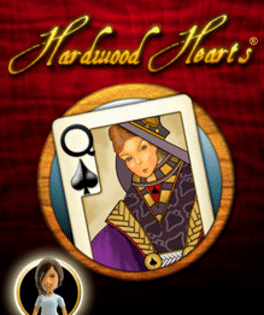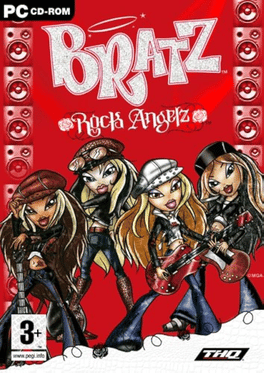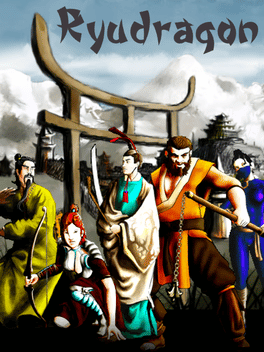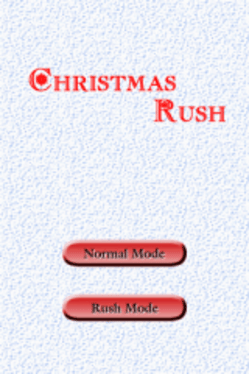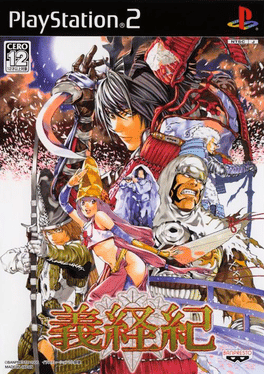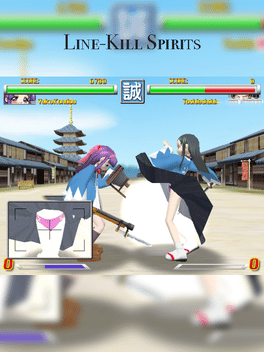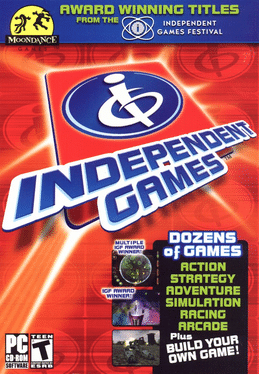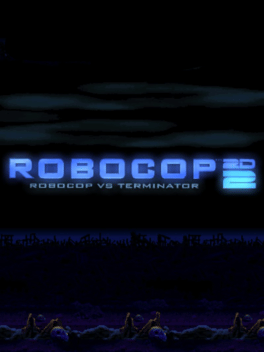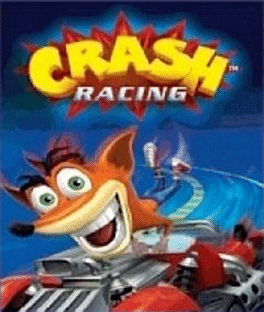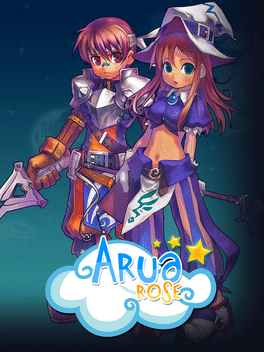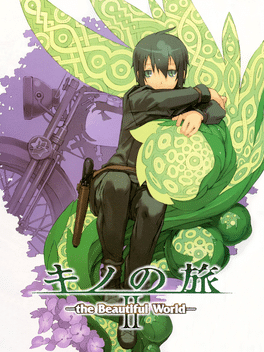New Games - Page 10343
-
Kao the Kangaroo: Mystery of the Volcano
2005
Kao the Kangaroo: Mystery of the Volcano is a third instalment of the epic Kao the Kangaroo 3D platformer series where the player takes control of a brave Kao, who embarks on a journey to save his homeland from an erupting volcano. Help him succeed! -
Perfect Dark Zero: Collector's Edition
2005
Perfect Dark Zero features a campaign mode consisting of 14 missions that can be played co-operatively, and a multiplayer mode where a maximum of 32 players can compete against each other in numerous types of deathmatch and objective-based games. Both the co-operative and multiplayer modes support split-screen, system link, and the Xbox Live online service. The game was under development for five years and was originally intended to be released for the Nintendo GameCube and later the Xbox. Perfect Dark Zero sold more than one million copies worldwide and received generally positive reviews from critics, garnering a score of 81 out of 100 at review aggregate website Metacritic. The game's numerous multiplayer modes singled out as strong features. However, some critics felt that the game did not meet the expectations, criticizing single-player aspects such as its story and voice acting. Two sequel novels, Perfect Dark: Initial Vector and Perfect Dark: Second Front, as well as a comic series, Perfect Dark: Janus' Tea -
Utopia City
2005
Utopia City
2005
Utopia City is a sci-fi FPS game set in the year 2091, in a virtual world parallel to the real world. -
Hardwood Hearts
2005
Hardwood Hearts
2005
star 7Your mama told you not to go around breaking hearts. But in Hardwood Hearts, that’s what it’s all about! Try to take as few points as possible… unless you want to shoot the moon. If you take all the points in a moon shot, the points go to your opponents! Up the stakes even more with Spot Hearts, where heart cards are worth their face values, the queen of spades is worth 50, and a moon shot earns your foes a whopping 150 points! And don’t forget to congratulate your friends--or irritate your opponents--with a clever foom! -
Bratz: Rock Angelz
2005
-
Atari Classics Games
2005
-
Ryudragon
2005
Ryudragon
2005
You are in charge of a small Japanese fiefdom. Your goal is to compete for the position of supremacy in feudal Japan, represented by the figure of the Shogun. To achieve this feat, you must know how to manage your fief, your workers, and your army, and fight together with your clan, in this contest that will involve a lot of strategy to achieve victory... -
Keitai Shoujo
2005
Keitai Shoujo
2005
The main character, Aida, is in the second year of high school. It's almost Christmas, but I can't have a girlfriend again this year, so I feel a little nervous. When I was surfing the Internet with my mobile phone to kill time, I found a site called "Gyaru ★ Mo~to" that I was a little curious about and downloaded the standby screen.When the download was over and the "completed" was displayed, the cell phone emitted the light I wanted, and there was a small girl giving it to me in the palm of my hand."I'm Lin. How about you?" "If you can download me, isn't he there by any chance?" " I'm a little troubled if you can't be happy by Christmas. I don't have time, so I'll explain..." Saying that, Lin tells her that if Aida doesn't make her by Christmas, she won't be able to return to the original world. -
Christmas Rush
2005
-
Radial Ascension
2005
Radial Ascension
2005
Fairly simple map set in a cave/cavern themed place designed for Torn's Doom Advent Calendar 2005 day 14. -
Evil Elves II: The Return of the Christmas Presents!
2005
The Evil Elves have stolen Santa's Christmas presents and hidden them in their Terrible Toy Shop! Help Santa save Christmas by finding all of the presents for the good little girls and boys! -
Yoshitsune-ki
2005
Yoshitsune-ki
2005
Yoshitsune-ki is a historical action game released by Banpresto on December 1, 2005 for the PS2 and was Developed by Dream Factory . The game is known for having Popular Manga artist Takeshi Obata in charge of character design. The game takes place in the late Heian period to the early Kamakura period when Minamoto no Yoshitsune was active . While controlling the main character Yoshitsune, he fights monsters and the Heike with his companions, and aims to destroy the Heike by making full use of various swordsmanship in places such as Heiankyo, Hiraizumi , and Dannoura . -
Johnny Crash Stuntman: Does Texas
2005
Cowboys and cactuses beware! Johnny Crash is having a vacation in Texas. Be a human cannonball and laugh your guts out! Play Johnny Crash Does Texas. -
Line-Kill Spirits
2005
-
Independent Games
2005
-
Labyrinth
2005
-
RoboCop 2D 2: RoboCop vs. Terminator
2005
Robocop is trapped by Skynet in a timesphere device, then reboots seconds later in the rubble of Los Angeles 2029! -
Crash Racing
2005
Crash Racing
2005
Crash Racing is a mobile phone game released on December 2005. It was developed by Kaolink. -
AruaRose
2005
AruaRose
2005
AruaROSE is a fantasy MMORPG, Where the goddess Arua has summoned visitors to save the seven episodes from the evil forces of Hebarn. -
Kino no Tabi II: The Beautiful World
2005
Kino no Tabi II -the Beautiful World- is a visual novel adapted from some volumes of the light novel by the same name with an additional scenario written by the original creator, Keiichi Sigsawa. The game came bundled with a thirty-six page book containing the story of the original scenario written for the game.


